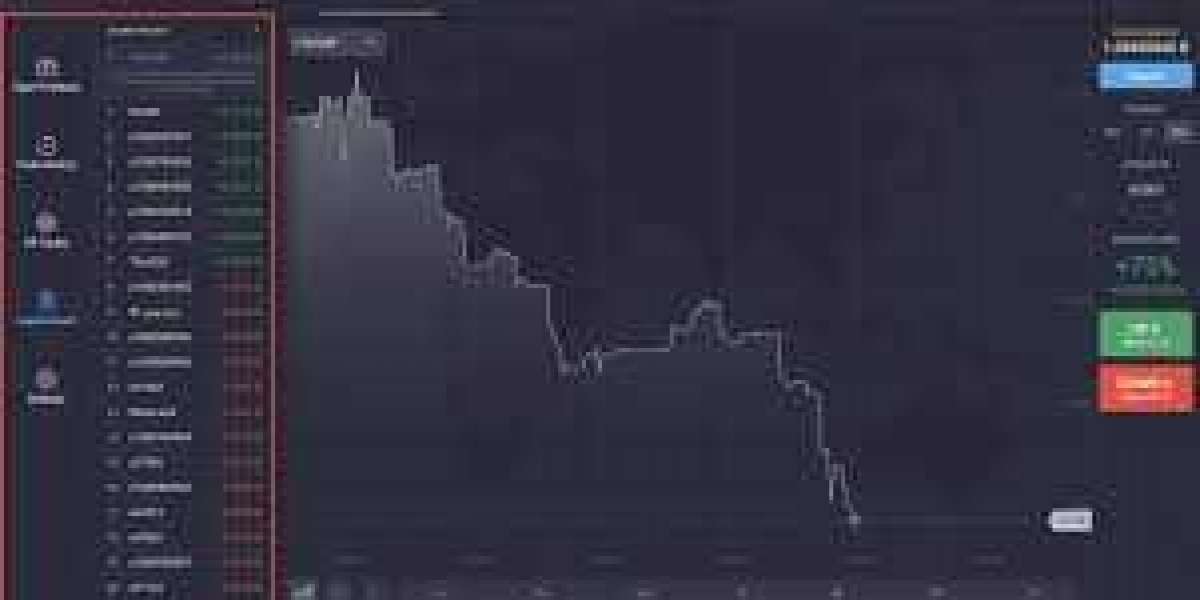Oracle databases are a cornerstone of modern data management, providing robust and scalable solutions for a wide range of applications. As students delve deeper into their studies, they encounter increasingly complex concepts that require a thorough understanding of Oracle's advanced features. This blog post will explore two master-level Oracle database questions, offering detailed theoretical answers and insights. Whether you're grappling with these topics or looking for expert assistance, you might often wish someone could do my Oracle homework. Let's dive into these advanced topics to help clarify some of the more challenging aspects of Oracle databases.
Question 1: Explain the Concept and Implementation of Oracle Materialized Views. How Do They Differ from Standard Views, and What Are Their Advantages?
Materialized views in Oracle are a sophisticated feature designed to enhance the performance of complex queries. Unlike standard views, which are essentially stored queries executed on demand, materialized views store the results of a query physically in the database. This distinction brings several benefits and unique considerations in terms of implementation and maintenance.
Concept and Implementation
A materialized view is a database object that contains the results of a query. Unlike standard views, which generate results dynamically each time they are queried, materialized views store the query results in a physical table. This physical storage allows Oracle to retrieve the data much faster, as it avoids the need to recompute the query results every time.
Differences from Standard Views
Storage:
Standard views do not store data physically; they are virtual tables created dynamically upon query execution.
Materialized views store data physically, leading to quicker data retrieval.
Performance:
Standard views can be slower for complex queries as they require recalculating results each time they are accessed.
Materialized views improve performance by providing precomputed query results, especially beneficial for resource-intensive queries involving multiple joins and aggregations.
Refresh Mechanism:
Standard views always show the most current data, reflecting real-time changes in the underlying tables.
Materialized views need to be refreshed to update their data, which can be done on-demand or at scheduled intervals, allowing control over performance and data currency.
Advantages of Materialized Views
Improved Query Performance: By storing precomputed results, materialized views significantly reduce query execution time, making them ideal for reporting and data warehousing applications.
Reduced Load on Source Systems: Materialized views decrease the processing burden on the source systems as the data does not need to be recalculated with each query, which is crucial for systems handling large volumes of transactions.
Flexible Refresh Options: Materialized views offer several refresh options, including complete, fast, and force refresh, which can be tailored to specific use cases and performance requirements.
Use Cases
Data Warehousing: Materialized views are extensively used in data warehousing environments where complex aggregations and joins are common, and performance is critical.
Distributed Systems: In distributed database systems, materialized views can be used to replicate data and synchronize it periodically, ensuring consistency and high availability.
Implementing materialized views effectively requires a thorough understanding of the underlying data and access patterns. When you're working on assignments that involve such advanced concepts, it’s understandable to wish for someone to do my Oracle homework. Professional assistance can provide the clarity and support needed to master these topics.
Question 2: Describe Oracle's Index-Organized Tables (IOTs). How Do They Differ from Standard Heap-Organized Tables, and What Are the Performance Implications?
Index-Organized Tables (IOTs) are a powerful feature in Oracle designed to optimize performance for certain types of queries. They differ fundamentally from standard heap-organized tables in structure, storage, and performance characteristics.
Concept and Implementation
An Index-Organized Table (IOT) stores data in a B-tree index structure based on the primary key. This means that the table data itself is stored within the index, rather than in a separate heap structure as with traditional tables.
Differences from Standard Heap-Organized Tables
Storage Structure:
Heap-organized tables store data in an unordered heap, with rows inserted wherever space is available.
IOTs store data in a B-tree index structure, ordered by the primary key.
Access Method:
In heap-organized tables, accessing rows typically involves using a secondary index, which requires an additional read to fetch the data.
IOTs allow direct access through the primary key, as the data is stored within the index itself, improving access speed for primary key lookups.
Space Utilization:
Heap-organized tables require additional storage for indexes that map to the heap.
IOTs combine index and table storage, potentially saving space but also resulting in larger index structures.
Performance Implications
Query Performance:
IOTs can significantly enhance performance for queries that frequently access rows based on the primary key, as data retrieval is direct from the index.
They are particularly beneficial for range scans on the primary key due to the ordered storage of rows.
DML Operations:
DML operations (inserts, updates, deletes) can be more costly in IOTs compared to heap-organized tables because the B-tree structure needs to be maintained, involving more complex operations like rebalancing.
Fragmentation:
Heap-organized tables can become fragmented over time, requiring periodic maintenance such as table reorganization.
IOTs are also susceptible to fragmentation, but the impact can be more pronounced due to the B-tree index structure.
Use Cases
Primary Key Access: IOTs are ideal for applications with frequent primary key lookups, such as lookup tables or tables heavily accessed via the primary key.
Read-Intensive Workloads: Systems that are read-heavy and require fast data access based on primary keys benefit significantly from IOTs.
Understanding and implementing IOTs effectively can be challenging, especially when balancing read performance and the overhead of maintaining the index structure. When faced with such complex topics, it’s not uncommon for students to seek help, thinking, "Can someone do my Oracle homework for me?" Expert guidance can provide valuable insights and practical knowledge to navigate these advanced concepts.
Conclusion
Mastering advanced Oracle database concepts like materialized views and index-organized tables is crucial for database professionals. These features offer significant performance benefits and are integral to optimizing complex database environments. However, their complexity can pose a challenge for students and professionals alike.
If you're struggling with these or other advanced Oracle topics, remember that seeking help is a smart strategy. Whether you're thinking, "I need someone to do my Oracle homework," or simply looking for deeper insights, professional assistance can provide the support you need to excel in your studies and professional endeavors.
For comprehensive assistance and expert guidance on Oracle database topics, visit Database Homework Help. Our team of experts is here to help you navigate the complexities of Oracle databases and achieve your academic goals.



